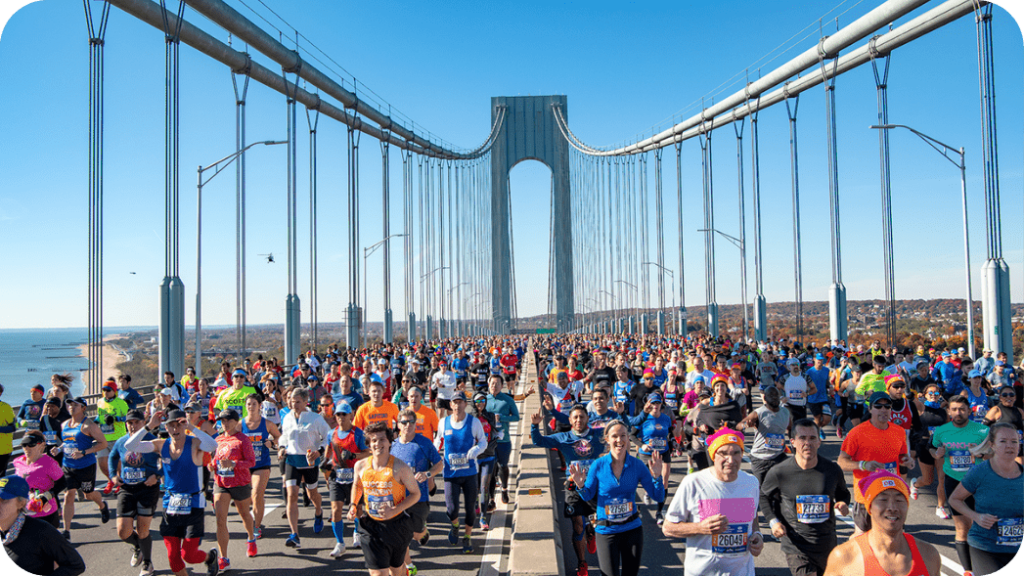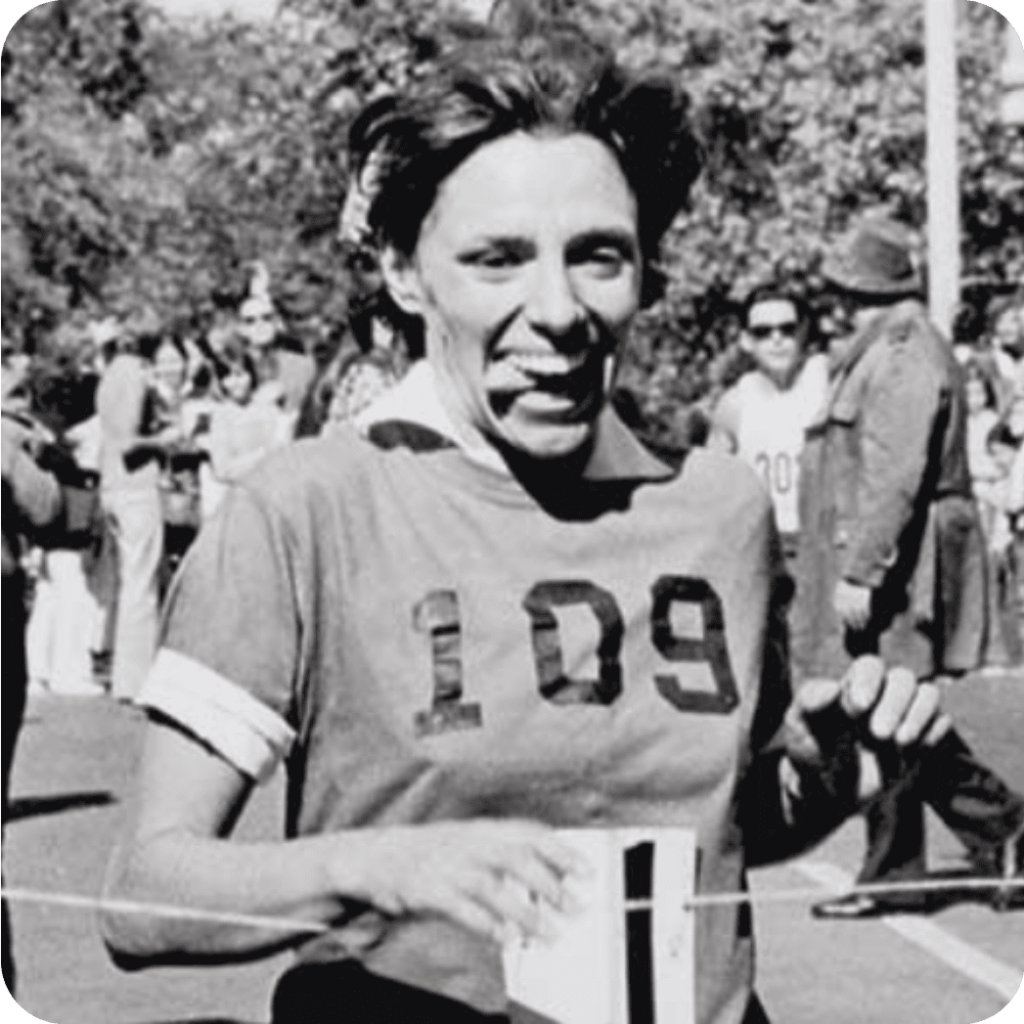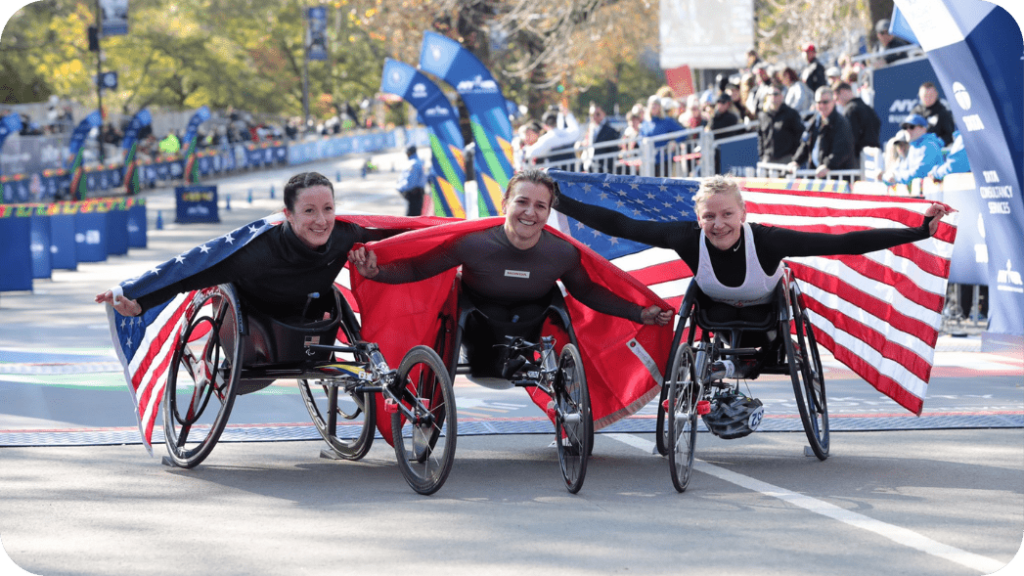5 Facts You Likely Didn’t Know about the NY Marathon
For the first time since covid-19 disrupted the world’s activities nearly two years ago, the New York City Marathon, the largest marathon in the world, is once again taking place.
The city’s run is happening on November 7th, 2021, 51 years after the very first marathon took place in Central Park in 1970. Since then, the event has been canceled on two occasions – once in 2012 after Hurricane Sandy, and again in 2020 due to the coronavirus – making this year its 50th run.
The beloved event has hosted several thousands of contestants from all over the world, and has raised millions of dollars for charity over the years. Winners come from all over – Africa, Europe, South America, and Australia to name a few – making it a world class event that extends beyond borders.
As the largest marathon in the world, there are normally millions of spectators watching from the sidelines every year. Don’t worry though, you’ll be able to watch it from the comfort of your home, thanks to online streaming.
Here’s 5 interesting facts you might not know about the New York City Marathon:

1. The first race in 1970 was done in laps around Central Park
Organized by New York Road Runners, the very first edition of the NYC Marathon had a budget of $1000, and a $1 entry fee. Out of the 127 competitors, only 55 actually finished the race, with about 100 spectators watching.
The race continued to take place in Central Park until 1976, when it gained international recognition and spread out over all 5 boroughs of New York City. It now begins on Staten island and runs all the way through Brooklyn, Queens, the Bronx, and Manhattan.
2. Nina Kuscsik challenged the rules and made history in the marathon’s early years

In the very first NYC marathon in 1970, Nina Kuscsik was the only woman entered in the race. She ended up suffering from a gastrointestinal issue that forced her to drop out at mile 15.
In 1971, she pioneered efforts for equality between the sexes in marathons when she asked the AAU (Amateur Athletic Union) if women could compete officially against the men. They agreed, but enforced a rule requiring a different start time for women.
In 1972, only seven months after winning the Boston Marathon, Nina participated in the NYC Marathon with seven other women. To protest the different start time, which was supposed to give them a ten minute head-start, the women sat down when the gun went off.
After ten minutes, the women got up and ran alongside the men. Nina ended up winning the race, making her the first woman to win both the Boston and New York Marathons in one year.
The AAU dropped the separate start time rule, and Nina returned to New York for another victory in 1973. After her victory in 1972, she said: “Running is neither masculine or feminine. It’s just healthy.”
3. Grete Waitz broke records, and won an unprecedented 9 times total
After winning her first NYC Marathon in 1978, Norwegian runner Grete Waitz became the first woman in history to complete a major marathon in under 2:30 in 1979. This was the same year that saw over 10,000 people finish the race.
Grete beat her own record again in 1980, making her nine minutes faster than any other woman to complete the race. She won her ninth and final victory in 1988 before retiring from competitive running. In 1992, however, she ran the marathon for the last time alongside Fred Lebow, the co-president of the NYRR and co-founder of the NYC Marathon.
She ended up becoming chair of the NYRR Foundation, and was an accomplished coach and advocate before her passing in 2011.
4. The first wheelchair division was added to the New York City Marathon in 2000

2000 saw the first year the New York City Marathon had a wheelchair division, allowing athletes with disabilities to compete. A cash prize was introduced a year later, making it an even more rewarding feat.
In 2006, Australian athlete Kurt Fearnley set a still-standing record in the wheelchair division of 1:29:22.
5. In 2002, the NYRR Team for Kids launched a charity at the NYC Marathon
The team of adult runners participated in the NYC Marathon to raise funds for youth and community programs focused on fitness and nutrition.
Their free programs benefit nearly 250,000 kids across the United States, and serve nearly 700,000 runners of all ages annually through races, training, and community runs.
Fundraisers are guaranteed a spot in premier running events, with the purpose of making every mile count towards healthy and supported youth.
Now a World Marathon Major, the NYC Marathon is going strong for its 50th race.
The New York City Marathon is now one of the World Marathon Majors alongside Boston, Chicago, London, Berlin, and Tokyo. In 2019, the marathon had a record 53,627 finishers, making it the largest marathon in history.
This year, covid regulations are keeping the number of runners down to 33,000 instead of its usual 55,000. Even so, the New York City Marathon is, and will remain, one of the most legendary marathons in the world.
Sign-up for The Block
We solemnly do swear to absolutely never spam you but to only give you content that you'll really love.
